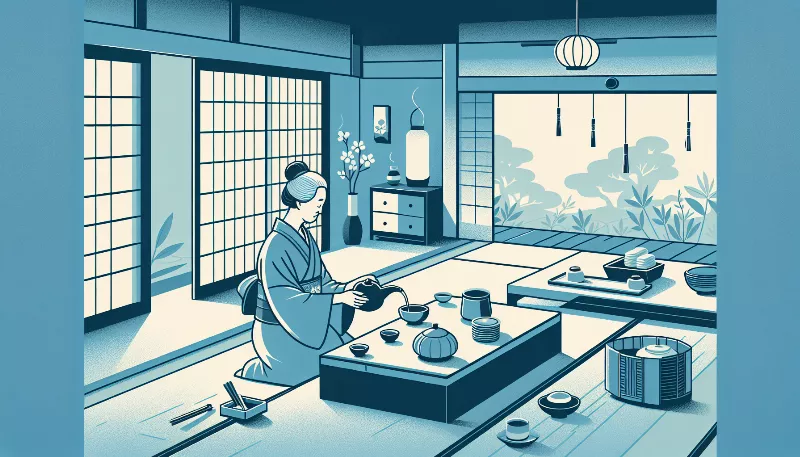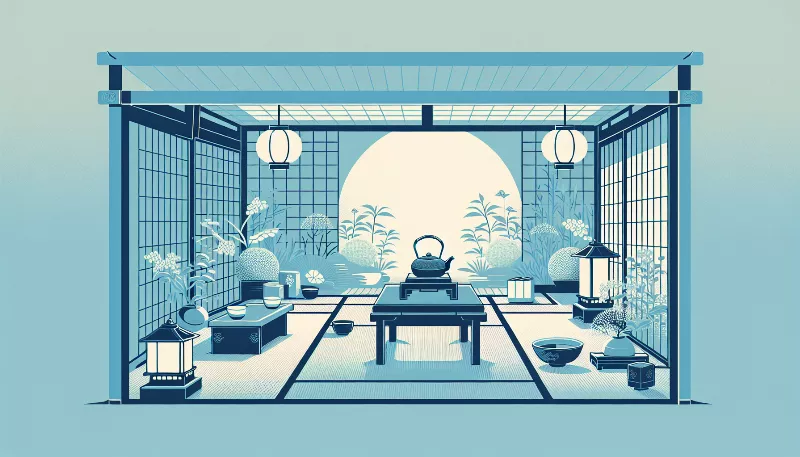Zen in a Cup: Exploring the Mystique of the Japanese Tea Ceremony
Discover the serene art of the Japanese tea ceremony. Immerse yourself in Zen tranquility and cultural elegance with every sip. Unveil the mystique!

Zen in a Cup: Exploring the Mystique of the Japanese Tea Ceremony
Imagine stepping into a world where every movement is deliberate, every object has a purpose, and every sip of tea is a journey through centuries of tradition. This is the enchanting realm of the Japanese tea ceremony, also known as 'Chado' or 'The Way of Tea.' It's not merely a drink to quench thirst but a spiritual and cultural experience that embodies harmony, respect, purity, and tranquility. Let's embark on an exquisite exploration of this ceremonial dance with the mystique of Zen in every cup.
The Roots of Ritual
The Japanese tea ceremony is steeped in history, originating in the 9th century when tea was first introduced to Japan from China. Over time, it evolved from a pastime of the elite to a profound spiritual practice. Influenced by Zen Buddhism, the tea ceremony became a way to seek inner peace and enlightenment. The great tea masters, such as Sen no Rikyu, refined the ceremony to what we know today—a choreographed art form that celebrates the simple, the serene, and the mindful.
A Symphony of Elements
Every aspect of the tea ceremony is a testament to the Japanese aesthetic of 'wabi-sabi,' finding beauty in imperfection and transience. The tea room, typically a small, rustic hut, is a sanctuary of simplicity. The utensils used are often handcrafted, each with its own story and significance. The preparation of the tea itself is a slow, meditative process where every action is a silent symphony, orchestrated to bring about a moment of peace and reflection.
The Choreography of Chado
The host performs the tea ceremony with grace and precision, following a set of prescribed movements that have been passed down for generations. Guests are not mere spectators but active participants in this dance of etiquette and appreciation. From the bow upon receiving a bowl of tea to the thoughtful examination of the tea utensils, each gesture is an expression of gratitude and respect.
The Taste of Tranquility
At the heart of the ceremony is the matcha, a finely ground powder of specially grown and processed green tea. The vibrant green elixir is whisked to a frothy perfection, its bitter taste a reminder of life's fleeting nature. Sipping the tea, one is encouraged to be present in the moment, to savor the warmth, and to let go of worldly concerns. It is in this act that the essence of Zen is found—a momentary connection to the here and now, a sip of serenity amidst the chaos of life.
The Legacy Lives On
Today, the Japanese tea ceremony remains a cherished cultural tradition, a testament to the timeless appeal of mindfulness and minimalism. It continues to inspire and captivate those who seek a deeper understanding of Japanese culture and the Zen philosophy. Whether you're a seasoned practitioner or a curious observer, the tea ceremony offers a unique window into the soul of Japan—a cup of tea that is much more than a beverage, it is a vessel of Zen.






